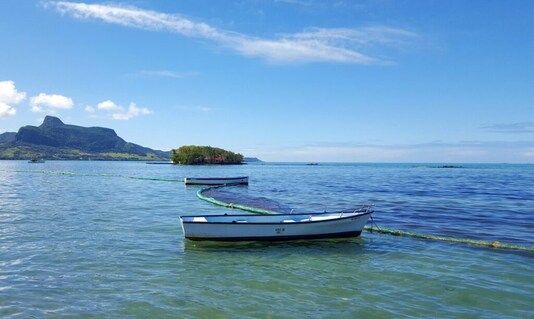It is a common suggestion in philosophy ‘to learn from the past’ but it is also true in Science. A group of scientists believe to know the full effect of a warming climate on the future is to discover how the winds worked in the past. And how do they achieve that? By looking at ancient dust from the ocean.
Columbia University's Lamont-Doherty Earth Observatory’s climate researchers have proposed that by tracking how ancient westerly winds worked one can gauge the warming winds and their effects in the future. The field is of palaeoclimatology (the study of past climate) isn’t something new, but their proposed methods are definitely insightful and innovative.
Their source material, sediment cores dug from the bottom of the ocean, contains a treasure trove of information in their dusty layers. They can reveal how winds worked in the past, how the ocean circulation led to that particular deposit, and so on. By analysing the wind behaviour of the past, they can assess how ocean circulation will be affected in the future.
The study can also help in understanding how and why winds changed in the past and will likely change further as the planet grows hotter.
But why is it important to study wind patterns in climate change? Other than being a pleasant summer breeze or warm autumn gust, wind patterns influence our weather and ultimately our survival on this planet. One of the most important wind systems is the westerlies. It affects global precipitation, ocean circulation, and even storms and cyclones in the tropics. By understanding how a warmer atmosphere would affect the movement of the westerlies, we can assess how our weather will worsen and how to mitigate it.
One small change in circulation could mean the erasure of an entire agricultural system as it is precipitation dependant.
The Westerlies are called so because they blow from the west toward east and closer to mid-latitudes. But lately, they have changed patterns and blow more pole-wards. This could be a result of climate change.
Through this study, researchers reconstructed wind patterns of up to 5 million years ago. The team used cores from the North Pacific Ocean as they knew westerlies transported dust from deserts to distant locations.
The results suggest that during warm Pliocene (3-5 million years ago), westerlies blew closer to the poles. However, they moved towards the equator during the cold phase of earth.
“By using the Pliocene as an analogue for modern global warming, it seems likely that the movement of the westerlies towards the poles observed in the modern era will continue with further human-induced warming,” said Gisela Winckler, one of the researchers.
The study has been published in the journal Nature.
